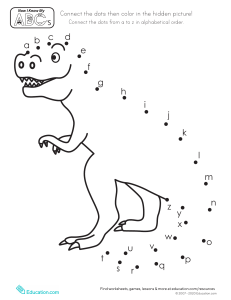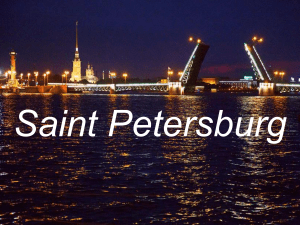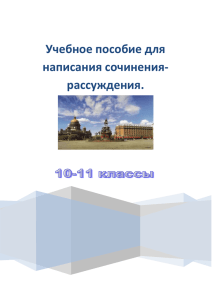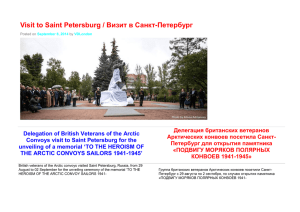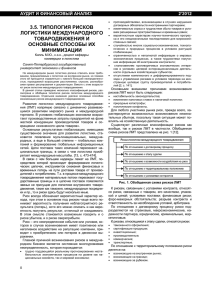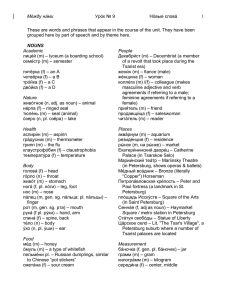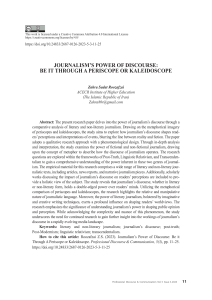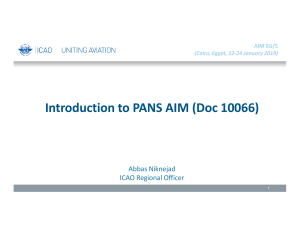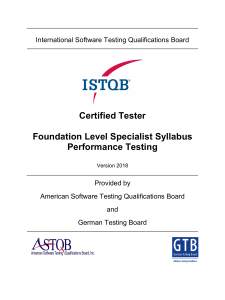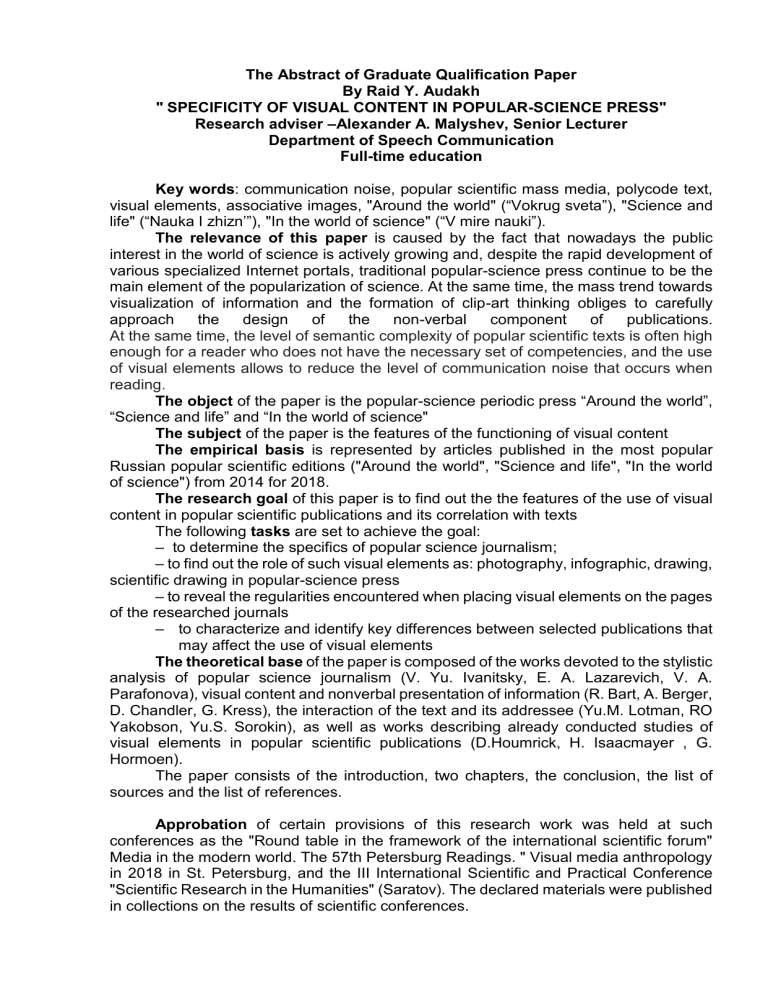
The Abstract of Graduate Qualification Paper By Raid Y. Audakh " SPECIFICITY OF VISUAL CONTENT IN POPULAR-SCIENCE PRESS" Research adviser –Alexander A. Malyshev, Senior Lecturer Department of Speech Communication Full-time education Key words: communication noise, popular scientific mass media, polycode text, visual elements, associative images, "Around the world" (“Vokrug sveta”), "Science and life" (“Nauka I zhizn’”), "In the world of science" (“V mire nauki”). The relevance of this paper is caused by the fact that nowadays the public interest in the world of science is actively growing and, despite the rapid development of various specialized Internet portals, traditional popular-science press continue to be the main element of the popularization of science. At the same time, the mass trend towards visualization of information and the formation of clip-art thinking obliges to carefully approach the design of the non-verbal component of publications. At the same time, the level of semantic complexity of popular scientific texts is often high enough for a reader who does not have the necessary set of competencies, and the use of visual elements allows to reduce the level of communication noise that occurs when reading. The object of the paper is the popular-science periodic press “Around the world”, “Science and life” and “In the world of science" The subject of the paper is the features of the functioning of visual content The empirical basis is represented by articles published in the most popular Russian popular scientific editions ("Around the world", "Science and life", "In the world of science") from 2014 for 2018. The research goal of this paper is to find out the the features of the use of visual content in popular scientific publications and its correlation with texts The following tasks are set to achieve the goal: – to determine the specifics of popular science journalism; – to find out the role of such visual elements as: photography, infographic, drawing, scientific drawing in popular-science press – to reveal the regularities encountered when placing visual elements on the pages of the researched journals – to characterize and identify key differences between selected publications that may affect the use of visual elements The theoretical base of the paper is composed of the works devoted to the stylistic analysis of popular science journalism (V. Yu. Ivanitsky, E. A. Lazarevich, V. A. Parafonova), visual content and nonverbal presentation of information (R. Bart, A. Berger, D. Chandler, G. Kress), the interaction of the text and its addressee (Yu.M. Lotman, RO Yakobson, Yu.S. Sorokin), as well as works describing already conducted studies of visual elements in popular scientific publications (D.Houmrick, H. Isaacmayer , G. Hormoen). The paper consists of the introduction, two chapters, the conclusion, the list of sources and the list of references. Approbation of certain provisions of this research work was held at such conferences as the "Round table in the framework of the international scientific forum" Media in the modern world. The 57th Petersburg Readings. " Visual media anthropology in 2018 in St. Petersburg, and the III International Scientific and Practical Conference "Scientific Research in the Humanities" (Saratov). The declared materials were published in collections on the results of scientific conferences. The main hypothesis of our study is the assumption of the existence of certain trends and rules in the organization of visual content in popular-science press that contribute to optimizing the communication process between the author and the reader.


